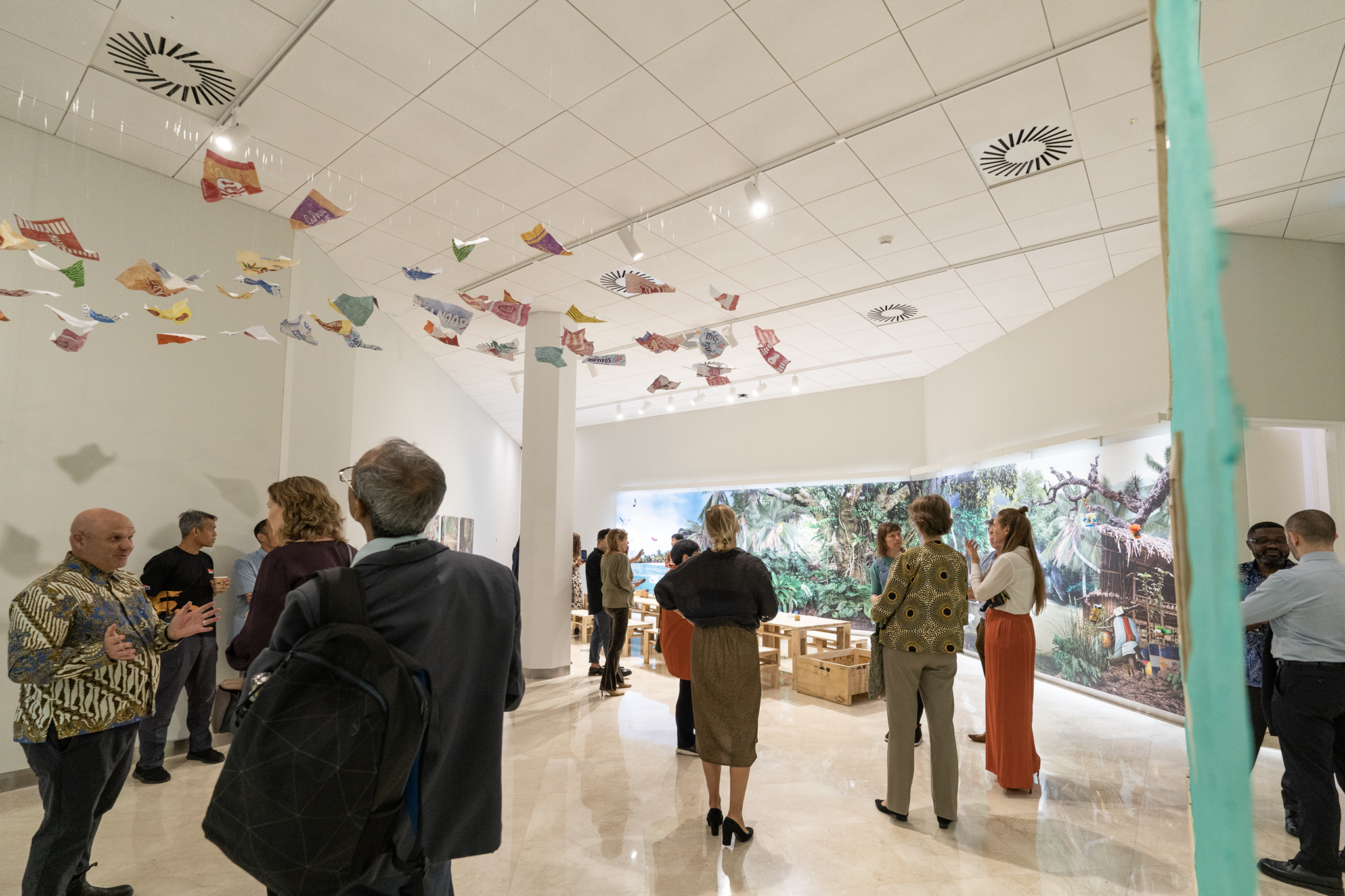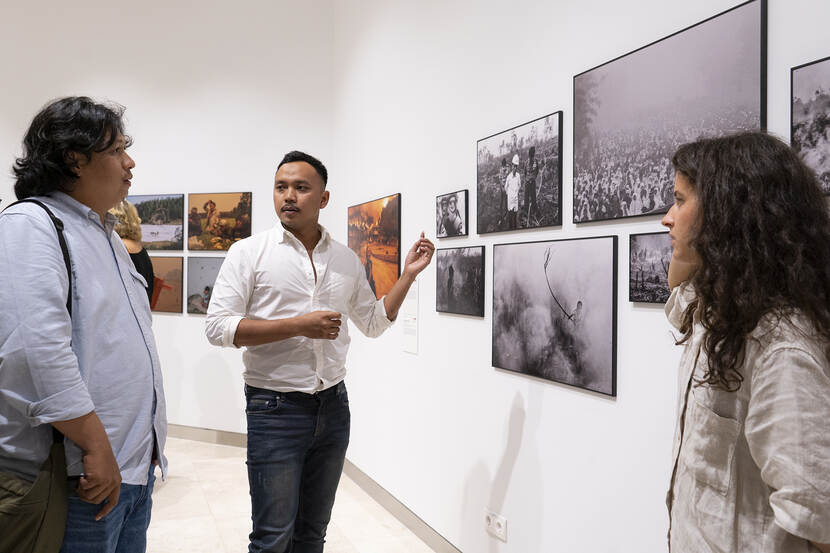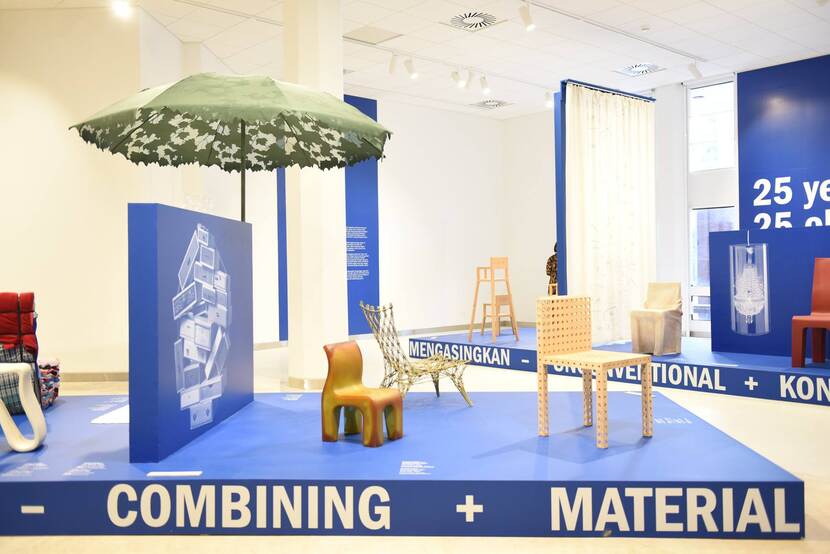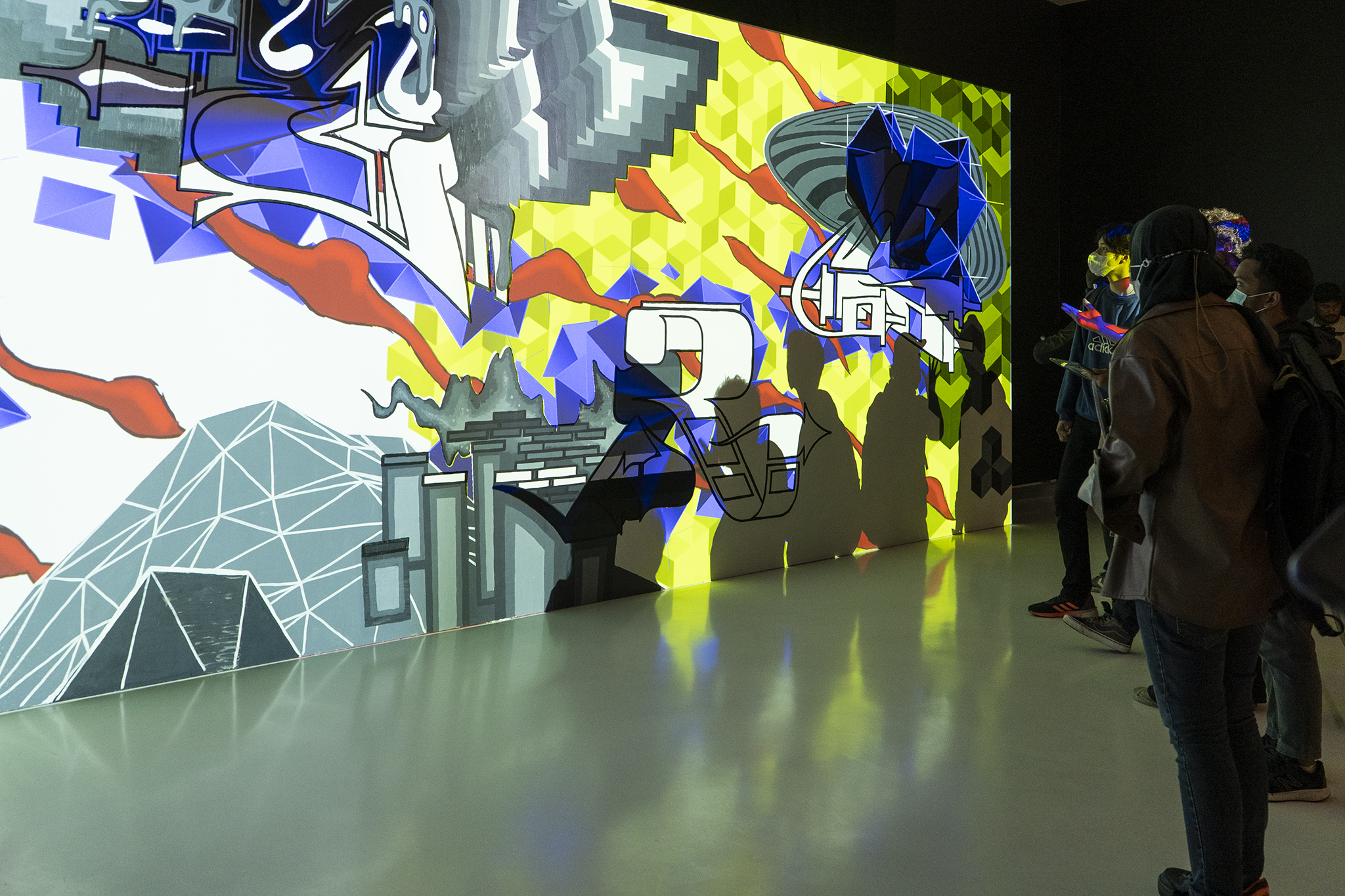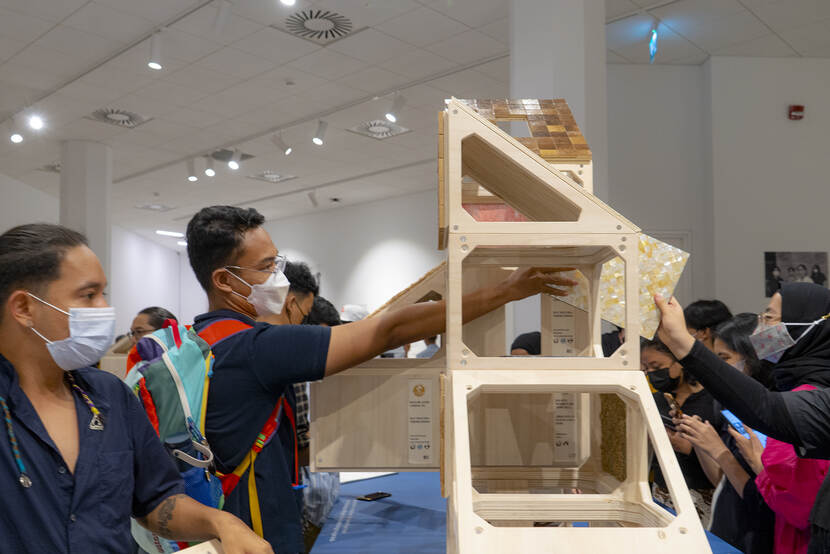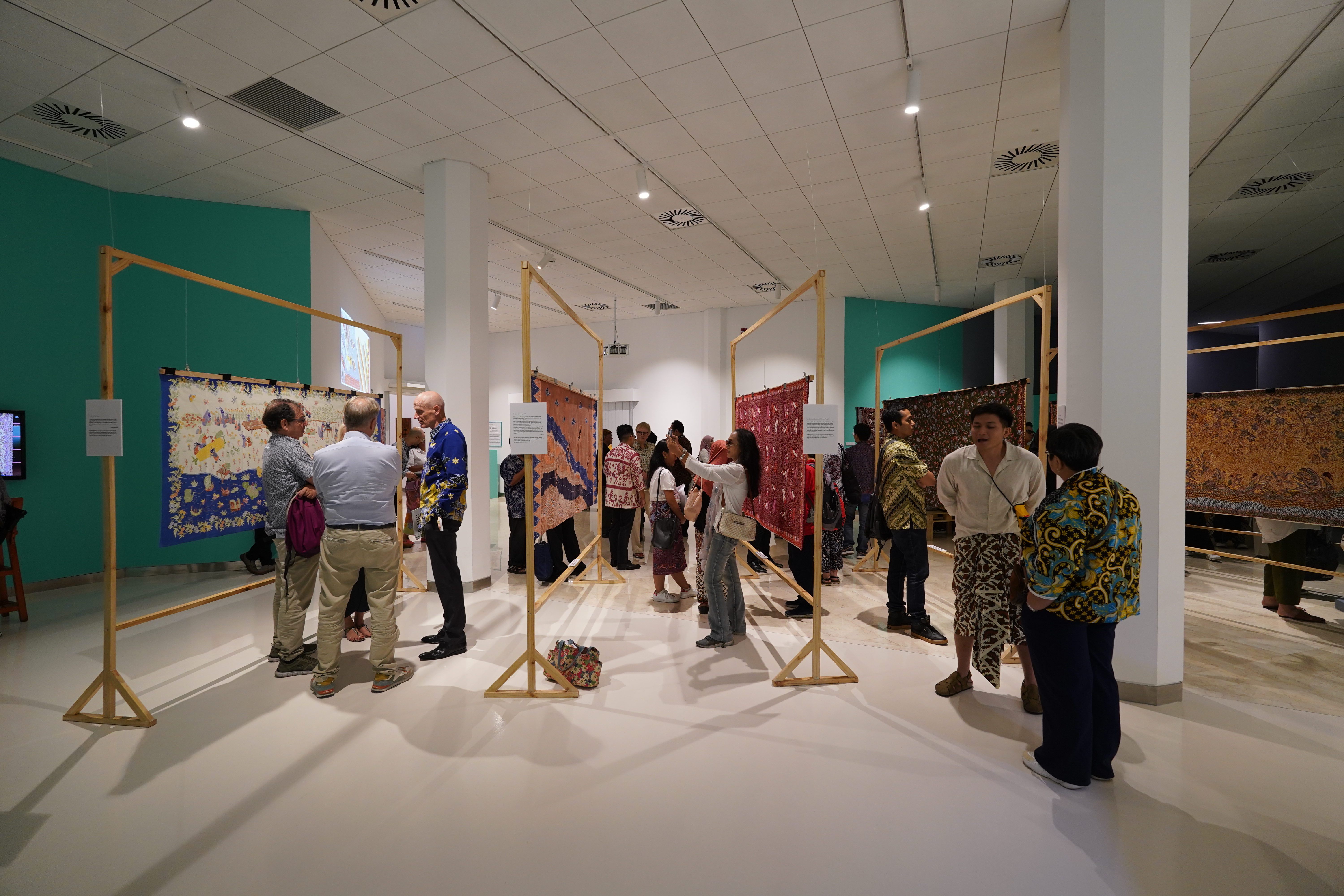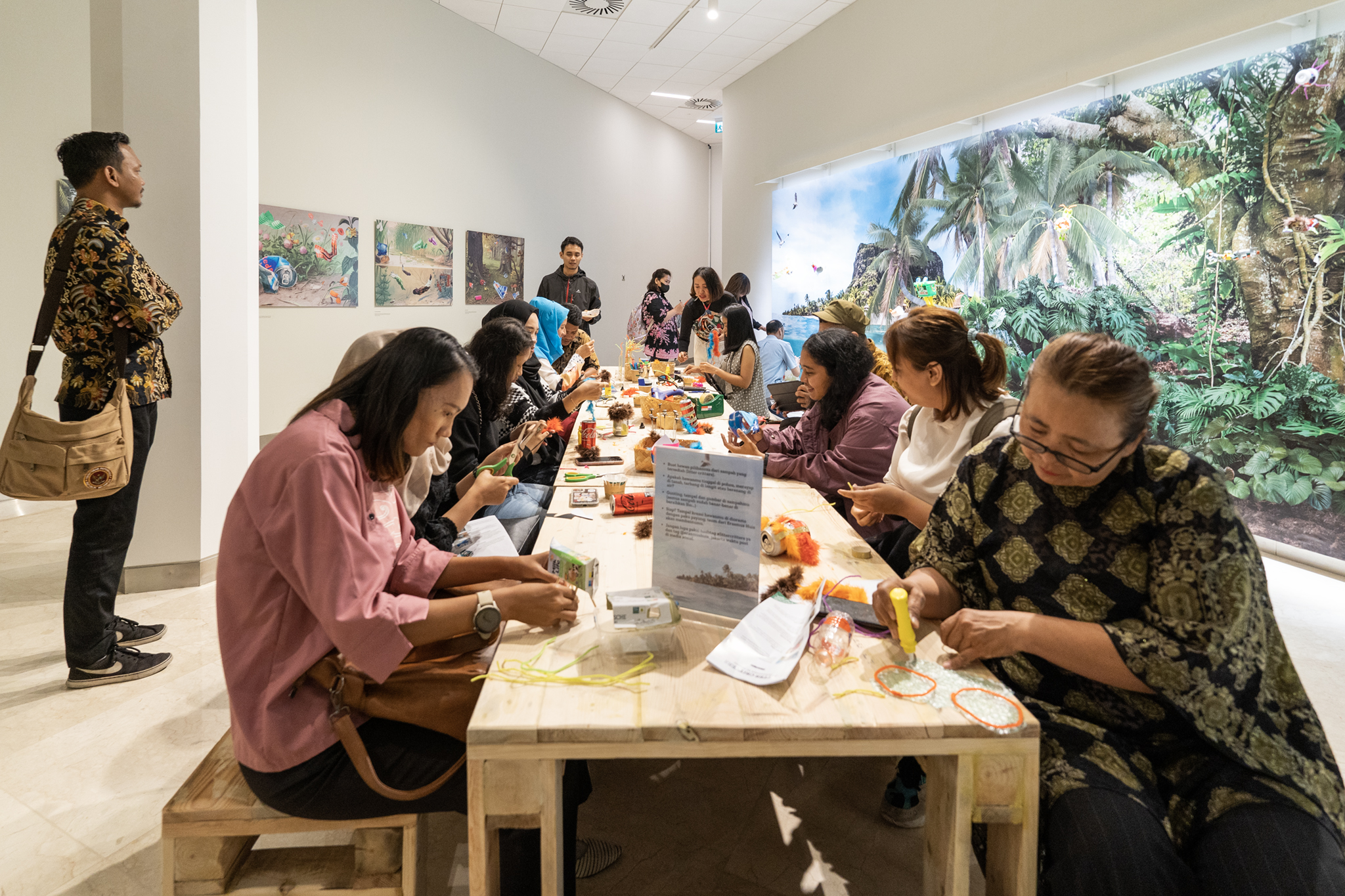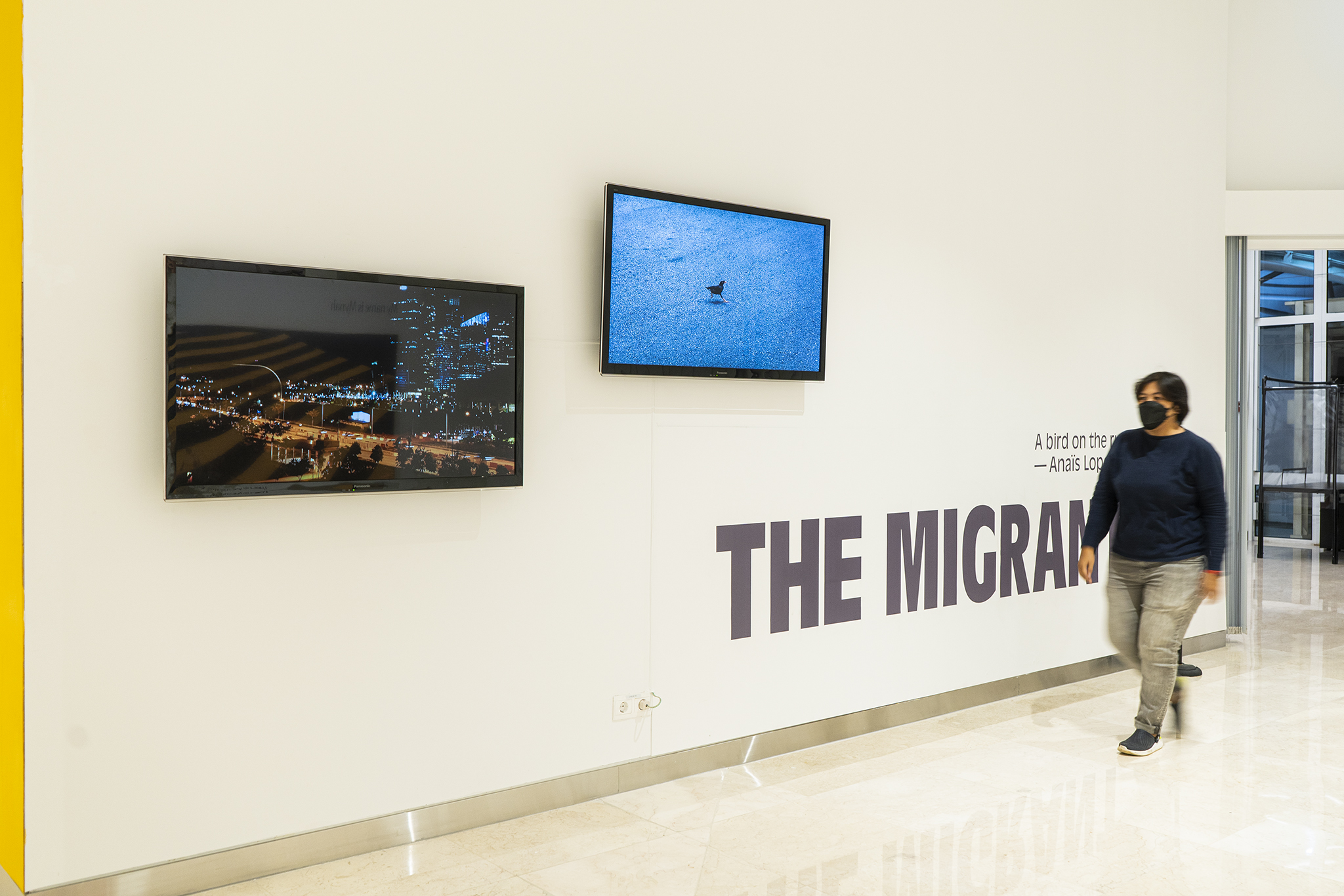Erasmus Huis - Exhibition Hall - Indonesia
Erasmus Huis: Exhibition Hall
The exhibition hall of the Erasmus Huis has accommodated world-class and inspiring exhibitions from the Netherlands and Indonesia.
Indonesia and the Netherlands have very dynamic visual art scenes. Many promising and prominent artists from both countries have been featured in the Erasmus Huis. Notable exhibitions include the annual World Press Photo and 100 years of De Stijl (Dutch design).
The opening of "Litter Critters" Exhibition by Arike Gill at Erasmus Huis (photo by Oxalis Atindriyaratri)
The exhibition hall continues to serve as a dynamic platform featuring a diverse array of visual arts from both the Netherlands and Indonesia. Inspiring exhibitions have showcased the works of promising and established artists, creating an engaging space that reflects the vibrant visual art scenes of both countries.
In addition to hosting acclaimed exhibitions such as the annual World Press Photo and commemorations like “100 Years of De Stijl”, the home has been home to thought-provoking and innovative displays. “Building with Nature” by Company New Heroes explored the use of bio-based materials for buildings, offering a unique perspective on sustainable architecture. The interactive multimedia exhibition by WERC Collective added an engaging and participatory dimension to the artistic experience.
In addition to hosting acclaimed exhibitions such as the annual World Press Photo and commemorations like “100 Years of De Stijl”, the home has been home to thought-provoking and innovative displays. “Building with Nature” by Company New Heroes explored the use of bio-based materials for buildings, offering a unique perspective on sustainable architecture. The interactive multimedia exhibition by WERC Collective added an engaging and participatory dimension to the artistic experience.
The exhibition hall
Image: ©Caption text here
Image: ©Caption text here
The exhibition hall is very spacious and light. The hall is 14 by 17 meters, with a distance from floor to ceiling of 4 meters. The flexible area can cater all kind of exhibitions, such as photography, art, design and craft. It even can be transformed into a classroom, providing a space for artists and art enthusiasts to discuss and exchange ideas.
“Litter Critters” by Arike Gill delved into the environmental impact of waste, questioning how discarded materials had intertwined with our natural surroundings. The exhibition “Masa Depan Batik” by artist and researcher Sabine Bolk weaved a narrative that highlighted the preservation of the unique artistry, while at the same time giving wider recognition to the skilled Indonesian batik craftswomen. Furthermore, a series of workshops organized during the exhibition emphasized the crucial need to preserve the heritage of Indonesian batik tulis.


